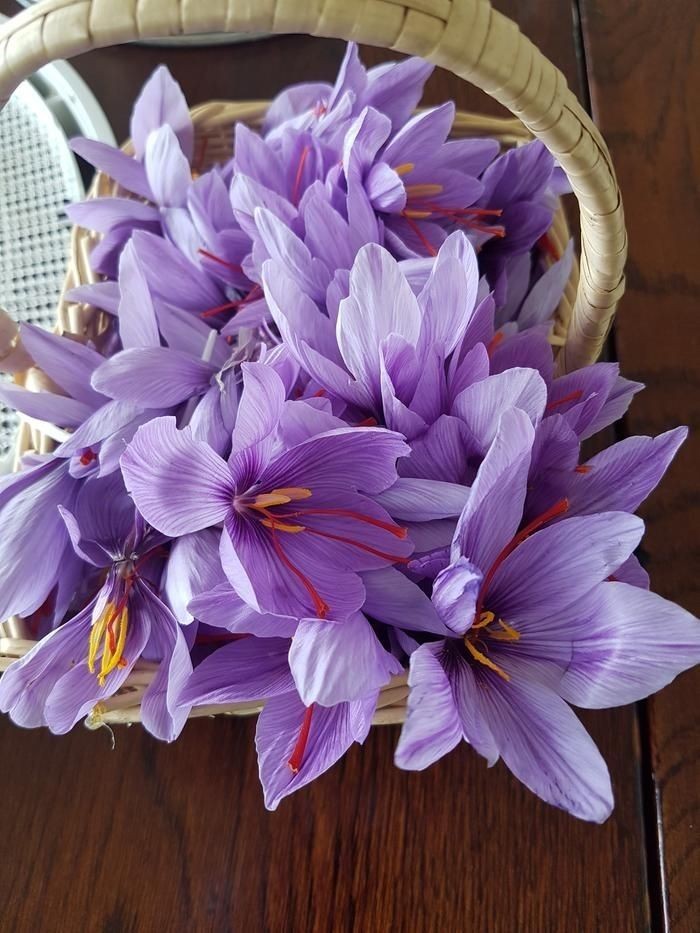Categories
The latest content
-
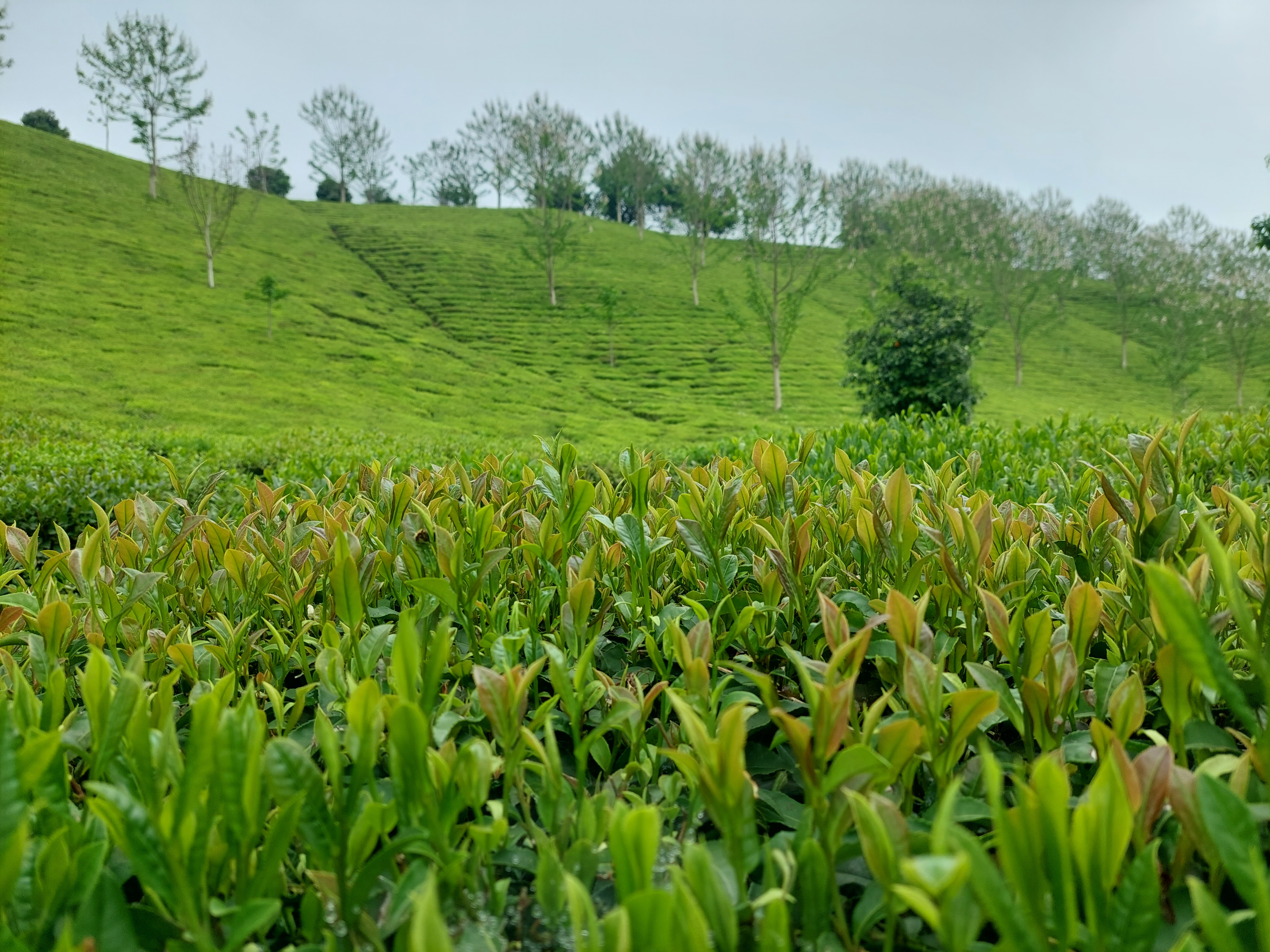
Iranian Tea in Azerbaijan; Wholesale Pricing, Market Trends & Consumer Preferences
..
-
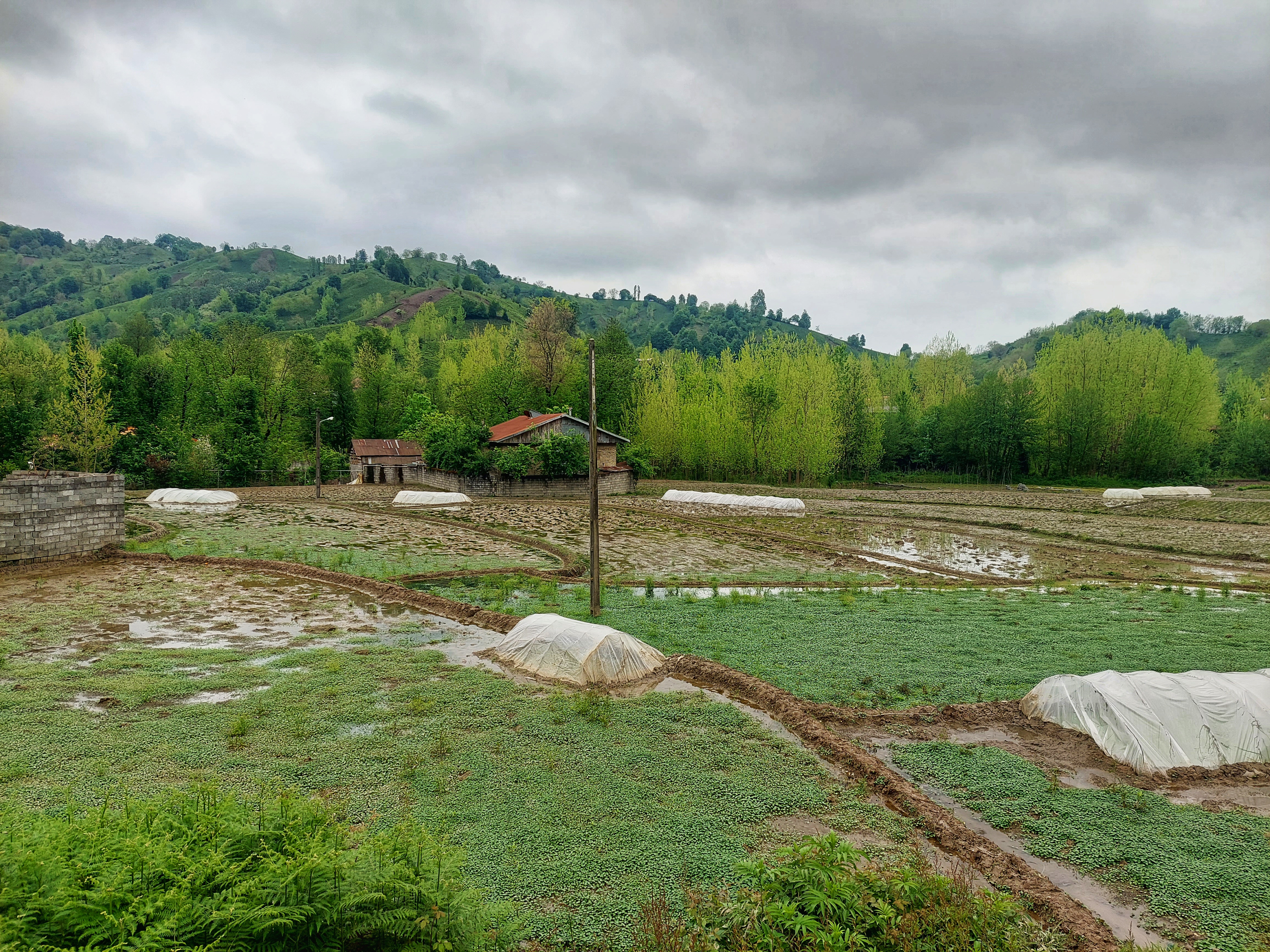
Why German Restaurants Prefer Iranian Rice? A Taste of Tradition and Quality
..
-
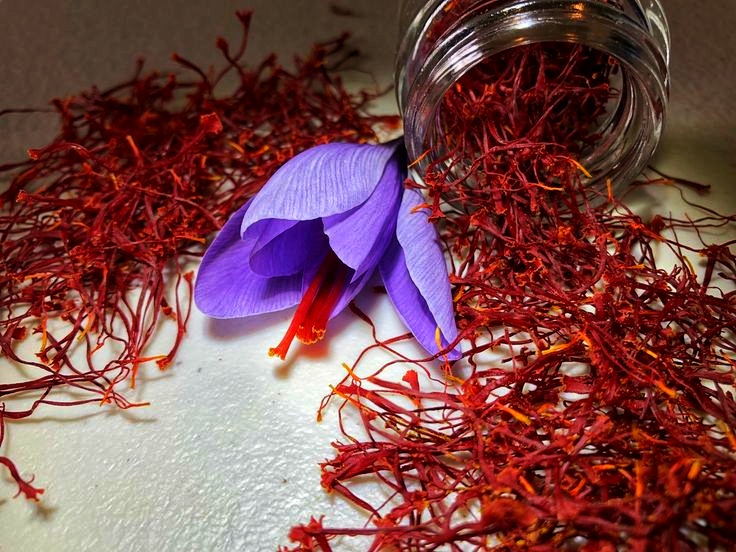
Unlocking the Golden Opportunity; How Afghan Importers & Distributors Can Profit from Iranian Saffron?
..
-
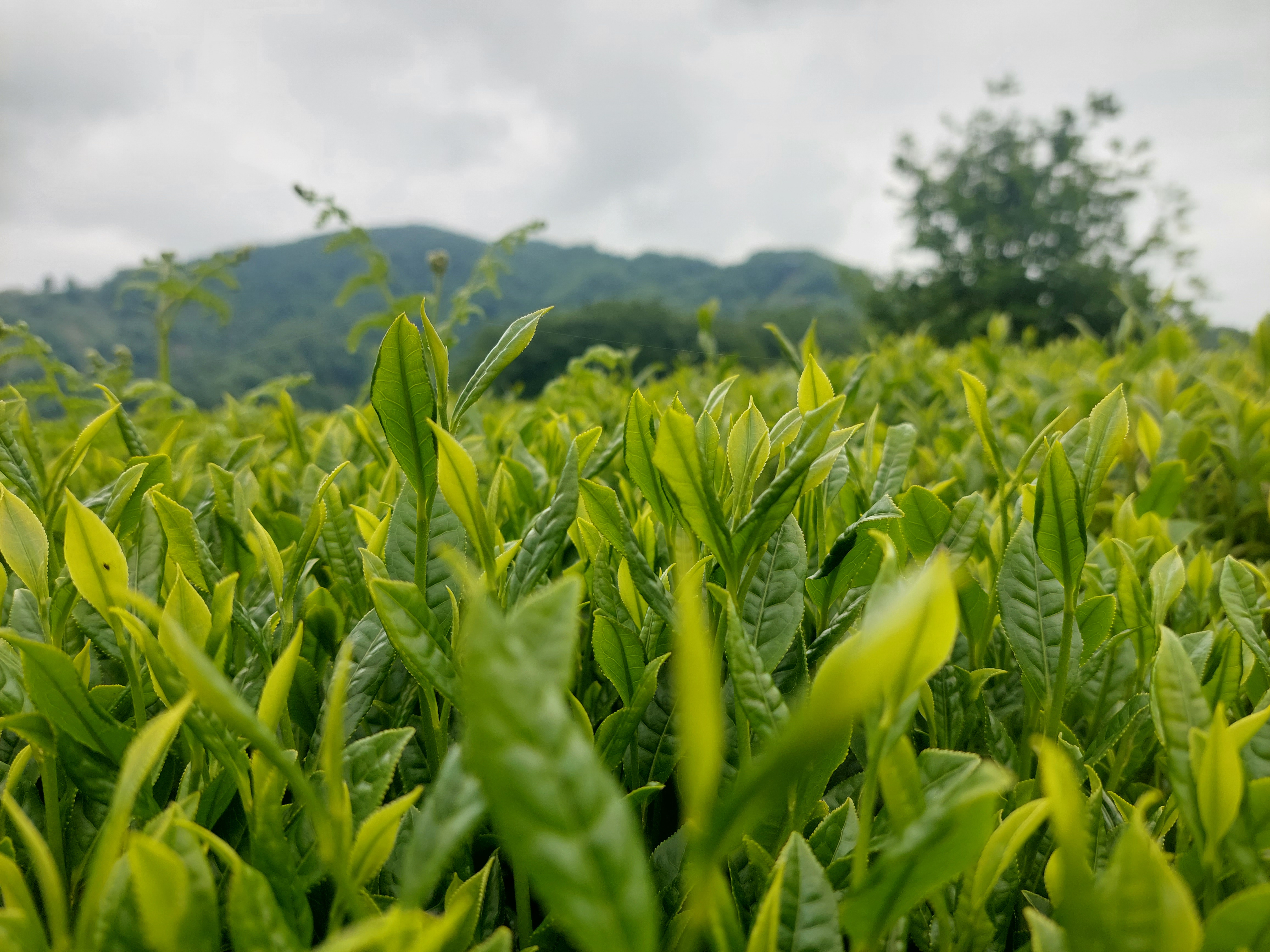
Top Types of Iranian Tea Preferred by Egyptian Consumers; A Guide for Importers and Distributors
..
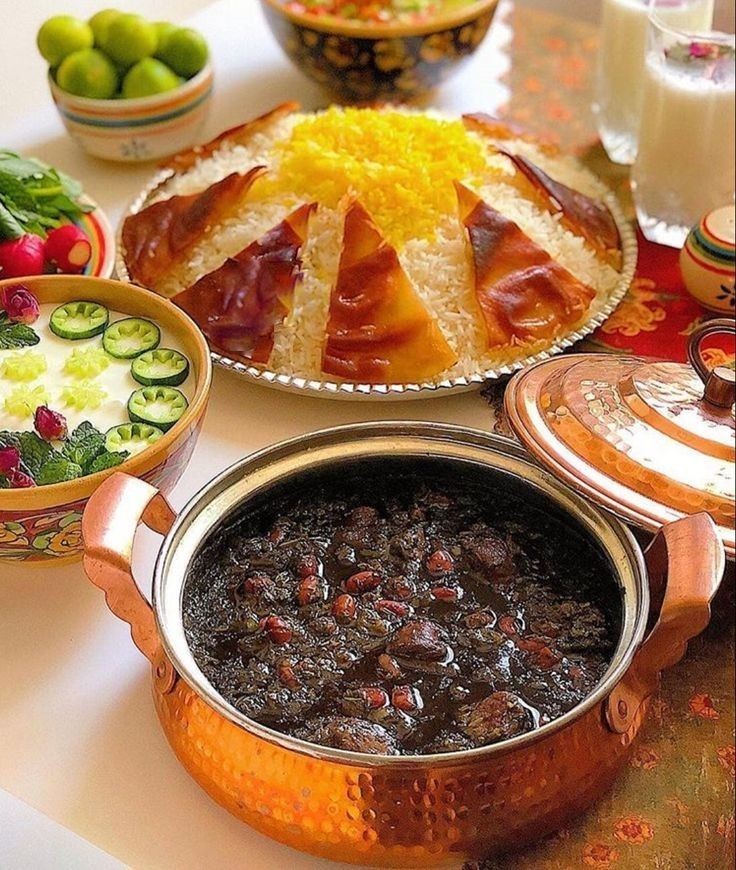
Tags
Why German Restaurants Prefer Iranian Rice? A Taste of Tradition and Quality

In the diverse and evolving culinary scene of Germany, authenticity, quality, and flavor are paramount. Among the many ingredients that define traditional and modern menus alike, Iranian rice has emerged as a premium favorite, especially in Middle Eastern, Mediterranean, and fusion restaurants. But what exactly makes this ancient grain so desirable for chefs and restaurant owners across Germany?
1. Unmatched Aroma and Flavor Profile
Iranian rice, particularly the famed Tarom, Domsiah, and Sadri varieties, is globally renowned for its natural fragrance, long grain, and fluffy texture when cooked. Unlike mass-produced rice types, Iranian rice does not rely on artificial enhancement. The soil and climate conditions of northern Iran—mainly Gilan and Mazandaran provinces—contribute to a rich, earthy aroma that complements both savory and subtle dishes.
For chefs aiming to impress discerning diners, the nuanced taste of Iranian rice elevates everything from simple saffron rice to complex stews and kebab plates.
2. The Role of the Iranian and Middle Eastern Diaspora
Germany is home to a vibrant Iranian diaspora, particularly concentrated in cities like Berlin, Hamburg, and Frankfurt. Many have opened authentic Persian restaurants, grocery stores, and halal markets where Iranian rice is a staple. Their influence has introduced a wider German audience to Persian cuisine and culinary culture.
Additionally, Afghan, Kurdish, Turkish, and Arab communities in Germany also share a strong preference for high-quality aromatic rice, with many selecting Iranian rice over other options for its superior cooking performance and traditional taste.
3. Health and Natural Farming Appeal
With increasing awareness of food origins, German consumers now actively seek naturally grown, non-GMO, and chemical-free options. Iranian rice—often cultivated through traditional, less industrialized farming practices—resonates with this shift. It is typically sun-dried, hand-harvested, and free from heavy chemical fertilizers, aligning perfectly with eco-conscious dining trends.
4. Perfect for High-End and Cultural Menus
From Michelin-rated restaurants exploring Persian fusion to cozy family-owned eateries, Iranian rice symbolizes both authenticity and luxury. Its aesthetic appeal—long, separate grains with a golden hue when paired with saffron—adds elegance to the plate. For cultural or themed nights in restaurants, Iranian rice helps create an immersive dining experience.
5. Growing Demand in Retail and Foodservice Sectors
German wholesalers and foodservice suppliers are increasingly stocking Iranian rice due to rising demand not only from ethnic restaurants but also from non-Iranian chefs who have discovered its unique benefits. This shift is partly driven by social media exposure, food bloggers, and culinary influencers promoting Persian dishes and traditional cooking methods.
Conclusion: A Grain of Culture and Class
Iranian rice is more than a cooking ingredient—it is a symbol of heritage, quality, and refined taste. Its growing presence in German restaurants showcases a successful fusion of diaspora tradition with European culinary innovation. As diners in Germany become more adventurous and quality-focused, the role of Iranian rice on the plate is only set to grow.
If you're a restaurant owner, chef, or food importer in Germany seeking to offer the best to your clientele, Iranian rice might just be the secret ingredient that sets your menu apart.



